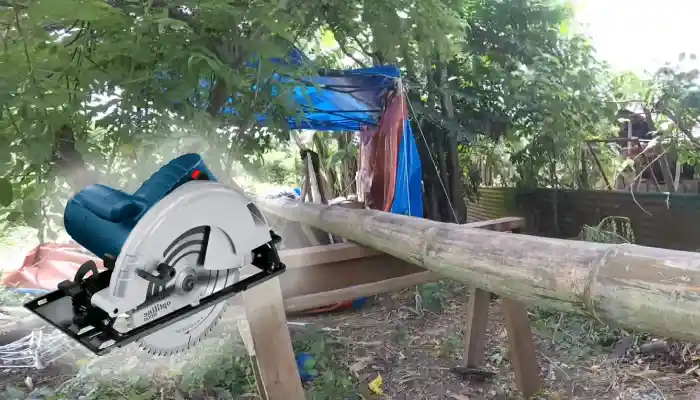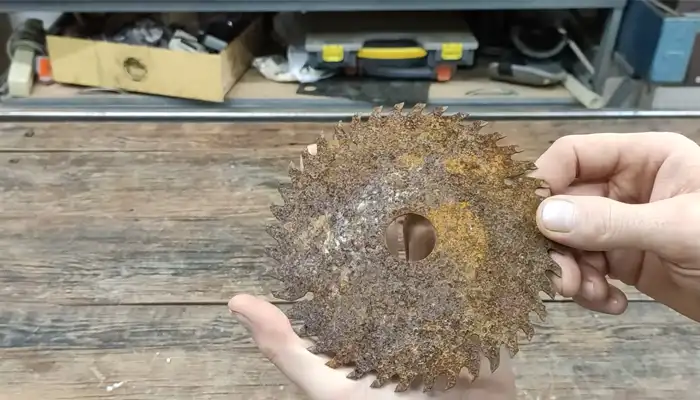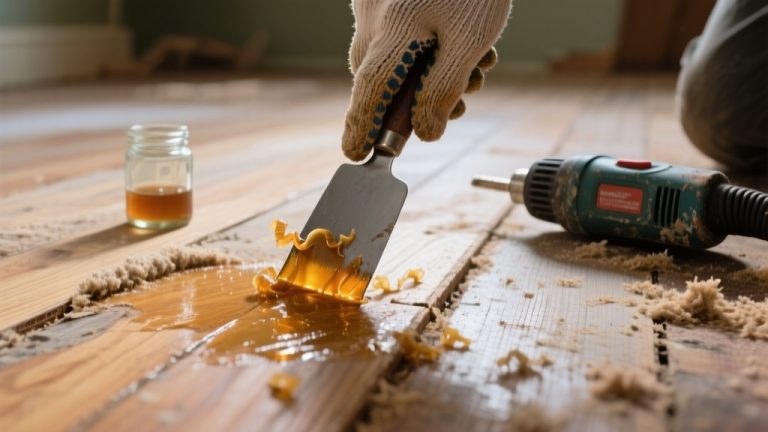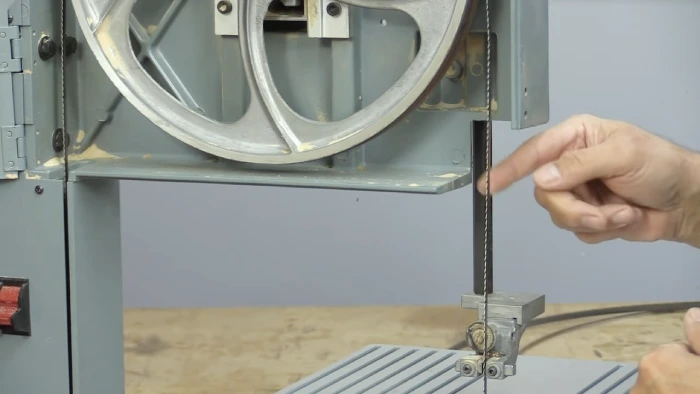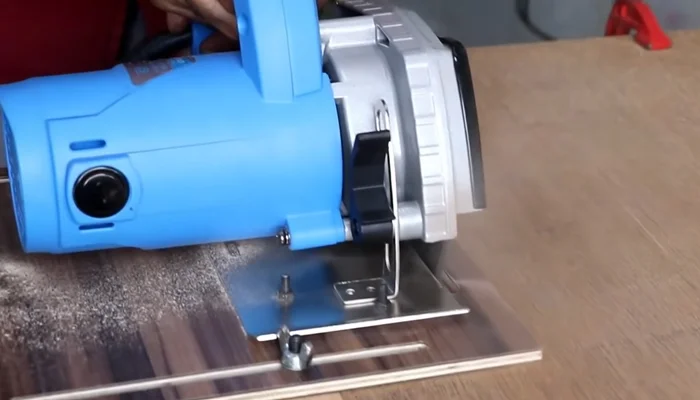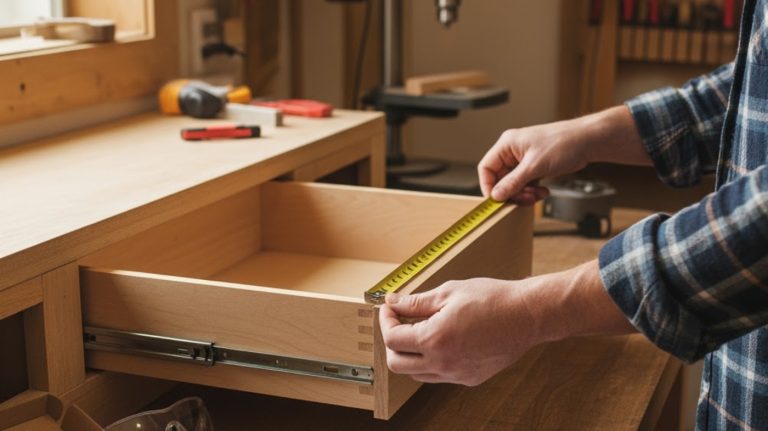Can You Cut Bamboo With Circular Saw: Complete in 5 Steps [DIY]
Bamboo, with its versatility and sustainable qualities, has become a popular choice for various applications, from construction to crafting. As enthusiasts and DIYers explore the potential of bamboo in their projects, the art of cutting bamboo with precision becomes paramount.
Recently, I’ve wondered if it’s possible to cut bamboo with a circular saw. Turns out it is. In fact, using a circular saw is one of the most efficient ways to cut bamboo. With the right technique and blades, you can achieve clean, precise cuts without splintering.
In this article, I’ll share the step-by-step guidelines for cutting bamboo effectively with a circular saw. Let’s dive in and explore this fascinating topic.
How Can You Cut Bamboo With a Circular Saw?
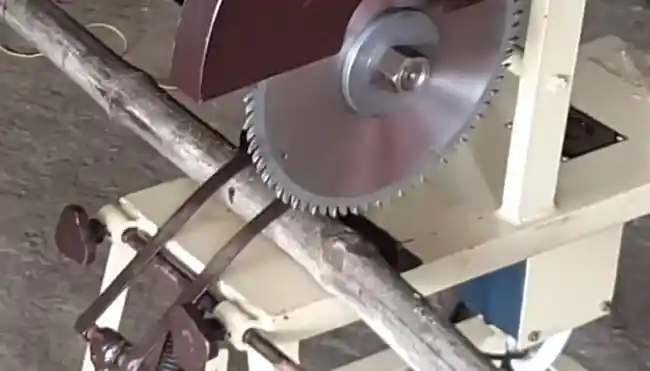
According to my findings, it’s important to follow a series of steps to cut bamboo with a circular saw.
- Safety Precautions
- Selecting the Right Blade
- Measuring and Marking
- Securing the Bamboo
- Adjusting the Saw Settings
- Making the Cut:
- Aligning the saw
- Starting the saw
- Controlled descent
- Steady progress
- Completing the cut
- Inspecting the cut
- Post-cutting Sanding
Step 01: Safety Precautions
I believe you should prioritize safety first when cutting bamboo with a circular saw by wearing personal protective equipment and working in a well-ventilated area. It’s essential to wear safety glasses to protect your eyes from debris that may be generated during the cutting process.
Additionally, wearing ear protection is crucial to reduce the noise the saw generates, which can damage your hearing. Gloves should also be worn to safeguard your hands from any potential injuries.
Working in a well-ventilated area is also important to ensure that any dust or particles produced during the cutting process are properly dispersed. I recommend using a dust mask to further protect yourself from inhaling any particles that may be present in the air.
Step 02: Selecting the Right Blade
When selecting the right blade for cutting bamboo with a circular saw, choosing a high-quality blade suitable for dense materials is crucial.
As far as I know, a carbide-tipped blade or a specialized bamboo-cutting blade with a high tooth count is ideal. These blades are designed to handle the toughness and density of bamboo, ensuring clean and precise cuts.
The carbide tips on the blade provide excellent durability and maintain sharpness for extended use. Additionally, a high tooth count helps to reduce splintering and tear-out while cutting bamboo.
Before starting, it’s essential to inspect the blade for any damage or wear and ensure it’s sharp. A dull or damaged blade can lead to inefficient and unsafe cutting. To avoid any risks associated with cutting, you can choose a circular saw blade sharpener to sharpen the blade.
Step 03: Measuring and Marking
It’s important to carefully measure and mark the specific points where the cuts will be made when using a circular saw with bamboo.
To do this, I recommend using a measuring tape and a pencil. Measure the length you want for each piece of bamboo and mark it with a pencil. Make sure the marks are clear and visible.
If you need multiple pieces of the same length, consider using multiple marks to ensure consistency in your cuts. This can help you achieve precise measurements and make your cutting process more efficient.
Step 04: Securing the Bamboo
I prefer using clamps on a stable work surface to cut bamboo securely with a circular saw. Place the bamboo on the work surface with the area to be cut extending beyond the edge to avoid damaging the surface.
Then, use clamps to secure the bamboo tightly, ensuring it remains steady throughout the cutting process. This will provide stability and control, allowing you to achieve precise cuts while maintaining safety.
Step 05: Adjusting the Saw Settings
To begin, set the depth of the circular saw blade to match the thickness of the bamboo. This ensures a clean cut without overloading the saw or causing unnecessary strain. It’s important to avoid setting the blade too deep, as this can lead to splintering or damaging the bamboo.
Additionally, if you require beveled cuts, adjust the angle of the saw accordingly. This will allow you to achieve the desired angle and create a precise cut.
Step 06: Making the Cut
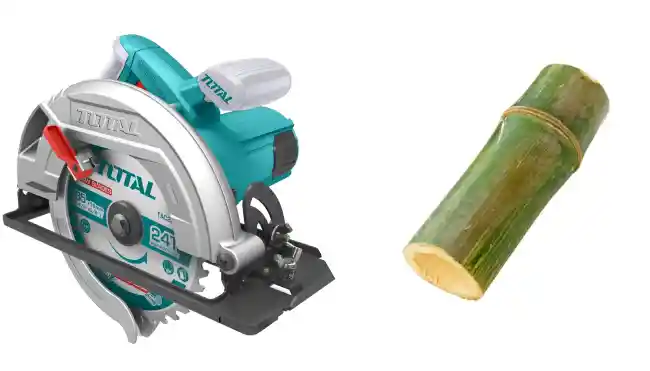
Now that the saw, bamboo, and you are properly positioned, it’s time to start cutting.
i) Aligning the Saw
Align the circular saw blade with the marked cutting line on the bamboo. Ensuring the blade is perfectly aligned to achieve an accurate cut is crucial.
Taking a moment to recheck the alignment is important for precision. If multiple cuts are being made, each mark should be aligned meticulously to ensure consistency throughout the cutting process.
ii) Starting the Saw
Before starting the saw, engage the safety features and initiate the motor. It’s important to allow the saw to reach its full speed before contacting the bamboo. This ensures a smoother and more controlled cut, reducing the likelihood of splintering and producing a higher-quality result.
You must carefully guide the circular saw blade along the marked cutting line on the bamboo, ensuring a precise and clean cut.
iii) Controlled Descent
I strongly recommend maintaining a slow and controlled descent, allowing the blade to cut through the bamboo smoothly without forcing it. This method prevents any potential damage to the bamboo or the saw blade.
iv) Steady Progress
It’s crucial to maintain a steady and even pace during this process. If you keep both hands on the saw’s handles, you can quickly tell if the saw is slipping from its marked line. If such issues arise, I suggest stopping immediately and assessing the situation before proceeding further is important.
v) Completing the Cut
Once you reach the end of the marked line, release the trigger and wait for the blade to come to a complete stop before lifting it away from the bamboo. This precaution ensures safety and minimizes the risk of accidental contact with the spinning blade.
vi) Inspecting the Cut
To ensure a clean and precise cut, carefully inspect the bamboo section for any imperfections or irregularities after using a circular saw. Look for splinters, rough edges, or any signs of uneven cutting.
Step 07: Post-Cutting Sanding
After cutting the bamboo with your circular saw, I recommend using a fine-grit sandpaper or sanding block to smooth out the rough edges and splinters. This step is crucial to ensure a clean and polished finish on the bamboo.
Sanding helps to remove any jagged or uneven edges that may cause injury or discomfort when handling the bamboo. It also helps to eliminate splinters that could potentially damage other materials or surfaces.
When sanding, move the sandpaper or sanding block along the cut edge smoothly and consistently. Take care to sand evenly and avoid applying excessive pressure, as this could cause damage to the bamboo.
Once the rough edges and splinters have been smoothed out, you can use the bamboo in your project with confidence.
How do I prevent splintering when cutting bamboo?
As per my knowledge, there are several steps you can take to prevent splintering when cutting bamboo with a circular saw.
First, secure the bamboo tightly and ensure the blade is aligned with the cutting line. This will help maintain a clean and precise cut. It is also crucial to use a sharp and appropriate circular saw blade. The blade should have fine teeth and be specifically designed for cutting bamboo.
In addition to using the right blade, it’s important to cut at a steady pace and avoid rushing through the process. You can reduce the risk of splintering by taking your time and maintaining a consistent cutting speed.
Another technique to minimize splintering is supporting excess material during the cut. This can be done by using a backer board. The backer board provides additional stability and prevents the bamboo from vibrating or moving during the cut.
Can bamboo flooring be cut straight with a circular saw?

It’s possible to achieve straight cuts with a circular saw when cutting bamboo flooring. I recommend using a high-quality circular saw with a fine-toothed blade specifically designed for hardwood or bamboo to ensure clean and precise cuts.
Before making any cuts, securely clamp the bamboo flooring to prevent movement during the cutting process. This will help maintain accuracy and prevent any splintering or damage to the surface.
Can I use a regular saw blade to cut bamboo?
While using a regular saw blade to cut bamboo is possible, it may not yield the best results. Regular saw blades are typically designed for cutting softer materials and may not have the necessary tooth count or durability to cut through bamboo effectively.
This can result in splintering, rough cuts, and potential damage to the blade. To achieve clean and precise cuts in bamboo, I recommended using a blade with a high tooth count and carbide tips.
These blades are specifically designed to handle the dense fibers of bamboo, providing smoother cuts and reducing the risk of splintering.
Cut Bamboo with a Circular Saw: Ensure Precise and Clean Results
Cutting bamboo with a circular saw can be done effectively by following a few simple steps I outlined above. The detailed steps provided, safety precautions, and frequently asked questions serve as a comprehensive guide for both novices and experienced individuals.
You can transform bamboo into functional and aesthetically pleasing components for various projects with the right tools, knowledge, and commitment to safety.
Remember to protect against splintering by using a high-quality saw blade and adjusting the saw’s speed and depth. With these measures in place, you can slice through bamboo with precision and ease.

